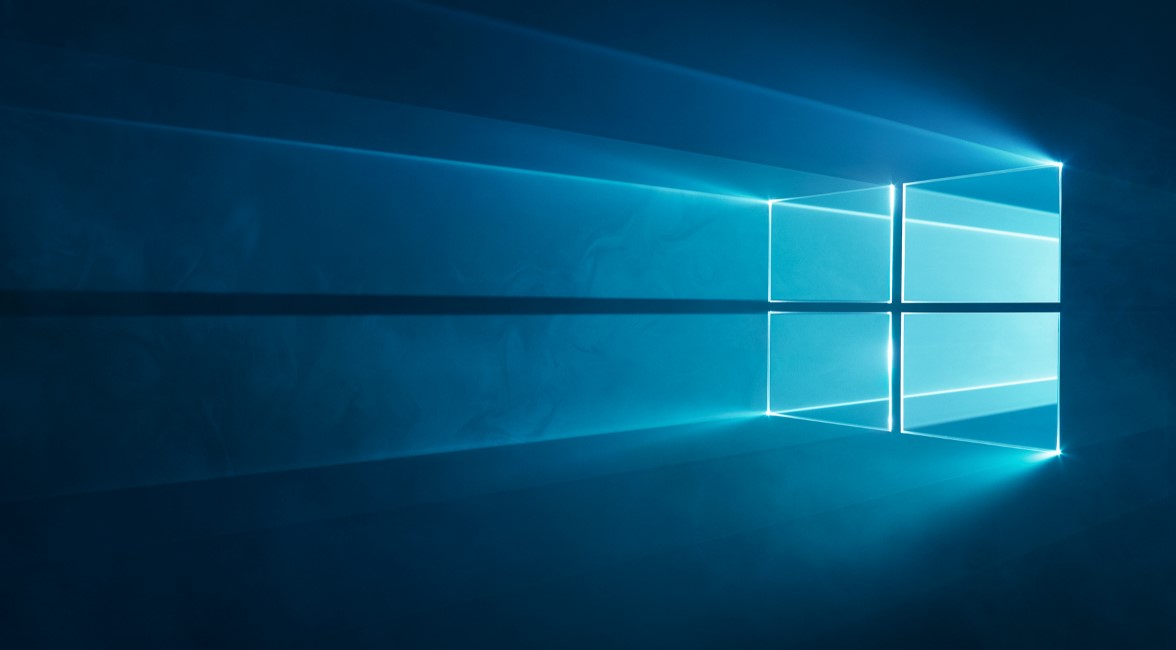Windows 10 Update Size – Are you tired of staring at that pesky “downloading update” notification on your Windows 10 machine? Do those ever-growing update sizes make you groan, especially if you’re on a limited data plan? Well, fret no more! Microsoft has finally heard our cries and is bringing some much-needed relief in the form of significantly smaller updates for Windows 10 version 22H2.

Windows 10 Users Rejoice: Smaller Updates on the Horizon
That’s right, say goodbye to those gigabyte-sized updates that seemed to take forever to download and install. Thanks to some clever optimizations in packaging methodology, Microsoft is slashing the size of Windows 10 updates by a whopping 22%! This means less waiting, less data consumption, and a smoother overall experience, particularly for users on slower internet connections.
How Microsoft Achieved This Update Slimdown
Back in 2021, Microsoft implemented a similar strategy to shrink update sizes for Windows 11. Now, they’re bringing that same technology to Windows 10 version 22H2. So, what exactly are these optimizations?
- Ditching Reverse Differentials: This technical term essentially refers to unnecessary data that was included in updates. By removing these reverse differentials, Microsoft can streamline the update package and reduce its overall size.
- Smarter Packaging: Think of it like packing a suitcase for a trip. Microsoft has improved how update components are organized within the package, eliminating redundancies and making better use of space.
- Reverse Update Data Generation: This involves a more efficient way of generating updated data, further contributing to the size reduction.
If you’re curious to learn more about the technical details, Microsoft provides a deeper dive into these optimizations on their blog [link to Microsoft blog post here].
Windows 10 Update Size Reduction: How Much Smaller Are These Updates?
Microsoft isn’t just making promises; they’re backing it up with real numbers. Recent updates showcase a significant size reduction. For instance, the KB5036892 update released on April 9th weighed in at a hefty 830MB. However, the KB5036979 update that rolled out just two weeks later on April 23rd clocked in at a much slimmer 650MB – a 22% decrease! That’s a noticeable difference, especially for users on limited data plans.
Benefits Beyond Size Reduction: Saving Time and Bandwidth
These optimizations aren’t just about smaller downloads. By reducing update sizes, Microsoft is also helping users and organizations save precious time and bandwidth. This is a major benefit for anyone on a slow internet connection or with limited data allowances. Imagine the frustration saved when updates download in half the time they used to!
How to Take Advantage of Smaller Updates
To reap the rewards of these slimmer updates, ensure your Windows 10 machine has the KB5031539 servicing stack update (SSU) installed. Once that’s done, apply the KB5036979 or any later LCU (Latest Cumulative Update) package.
A Word on Windows 10 Support: Don’t Get Left Behind
It’s important to remember that Windows 10 support is nearing its end date in October 2025. While these smaller updates are a welcome improvement, they won’t be available forever. To continue receiving security updates and bug fixes after that date, you’ll need to upgrade to Windows 11 (assuming your hardware is compatible).
The Future of Windows Updates: A Brighter, Streamlined Landscape
Microsoft’s commitment to smaller updates signifies a positive shift towards a more efficient and user-friendly update experience. This not only benefits individual users but also helps organizations with large deployments manage updates more effectively. With these optimizations in place, the days of dreading lengthy Windows updates might just be a thing of the past.
Call to Action:
We recommend checking for updates regularly and ensuring you have the latest KB5031539 SSU and KB5036979 LCU installed to take advantage of these smaller update sizes. Additionally, consider upgrading to Windows 11 (if your hardware allows) to ensure continued support and security after Windows 10 reaches its end of life.

